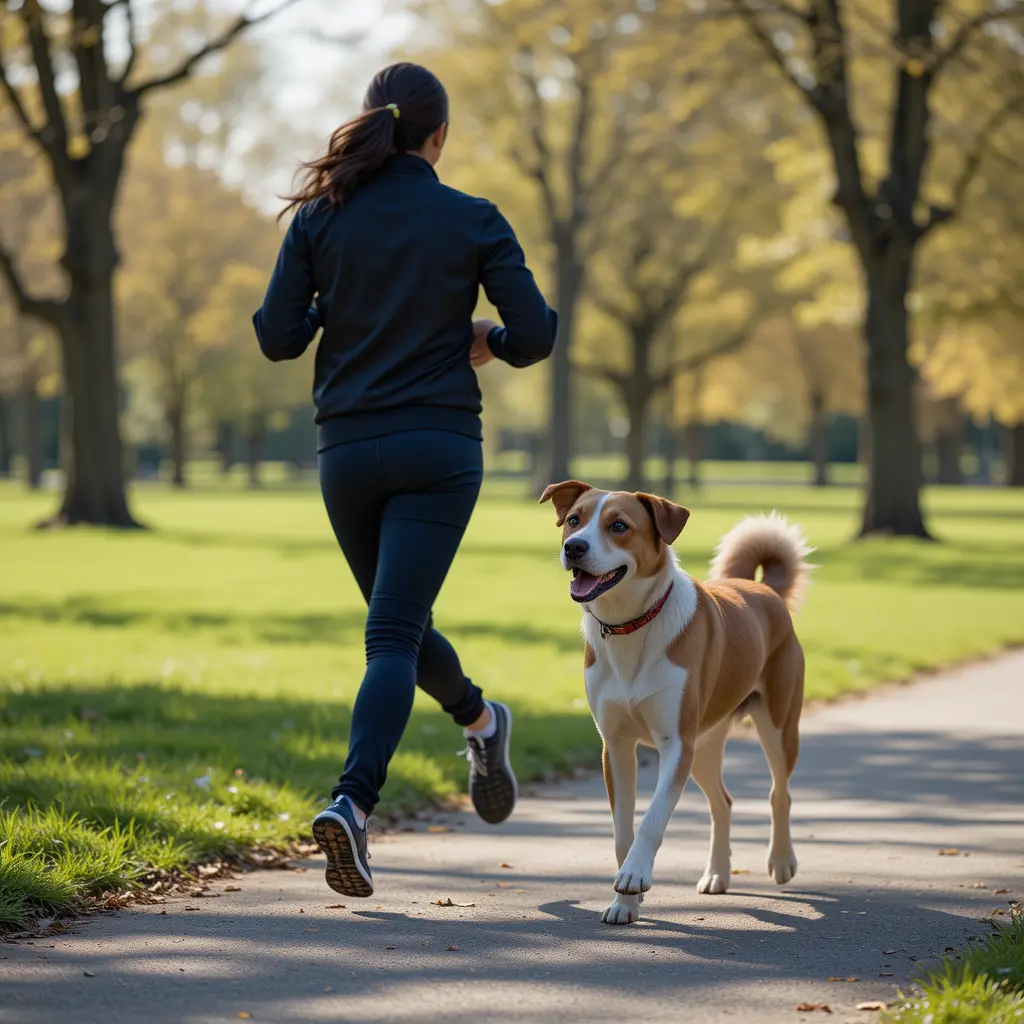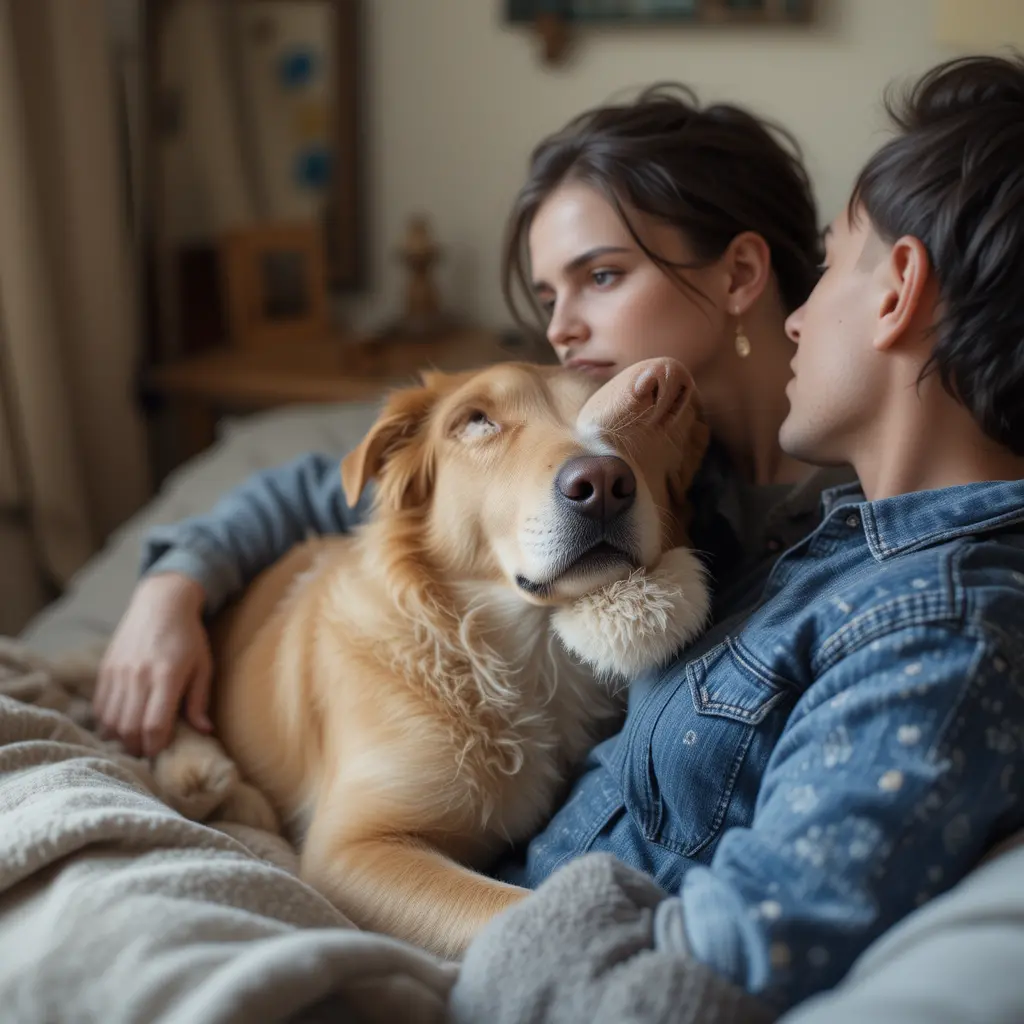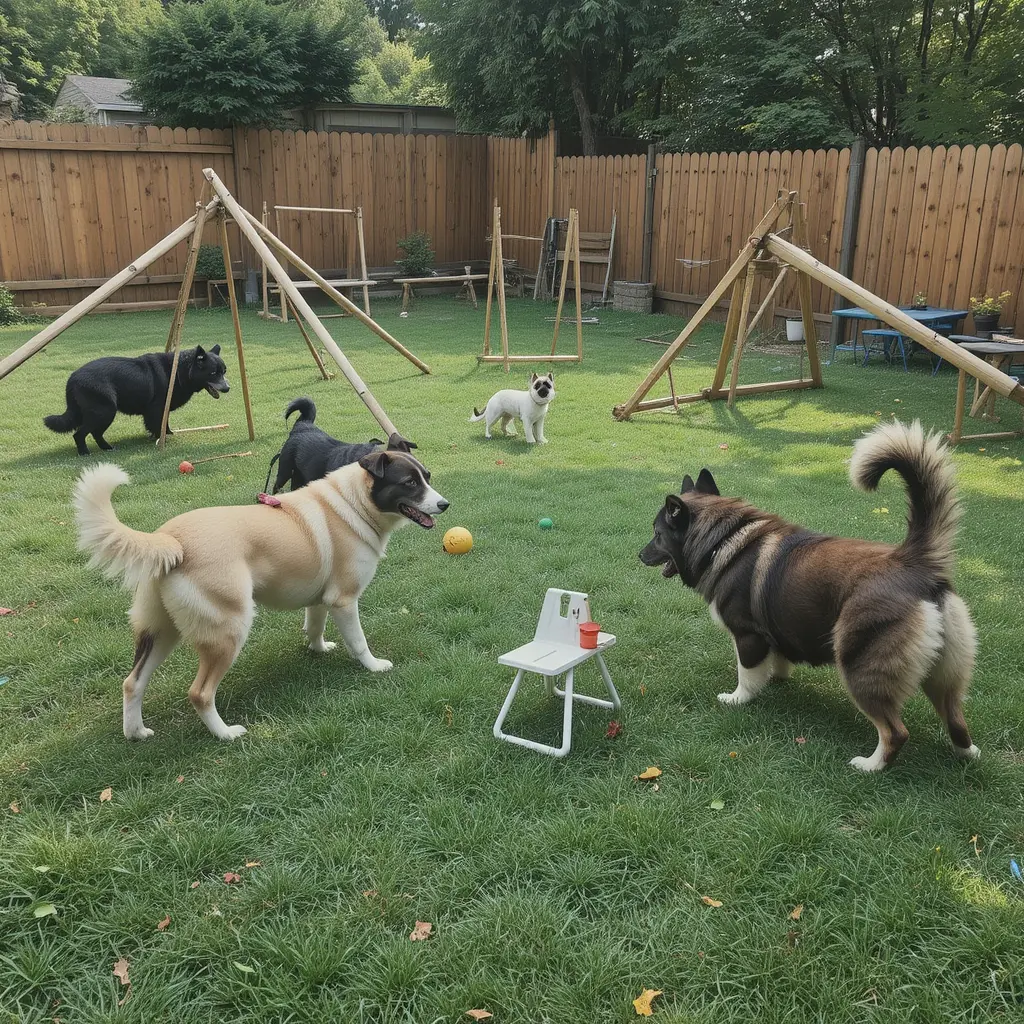Is your furry friend getting the exercise they need each day? Ensuring your dog stays active is crucial for their health and happiness. In this article, we will explore simple and effective ways to incorporate exercise into your dog’s daily routine. From playful activities to structured walks, discover how to keep your canine companion fit and energetic. Let’s dive into the world of wagging tails and joyful barks, and learn how to make every day an adventure for your beloved pet.
Understanding Your Dog’s Exercise Needs
Understanding your dog’s exercise needs is crucial for their health and happiness. Just like humans, dogs require regular physical activity to maintain a healthy weight and mental well-being. But how do you know if your furry friend is getting enough exercise? Let’s explore this together.
Recognizing Your Dog’s Unique Needs
Every dog is different, and their exercise requirements can vary based on breed, age, and health. For instance, a Border Collie might need more activity than a Bulldog. I remember a client who had a lively Labrador that thrived on daily runs, while their neighbor’s older Pug preferred leisurely strolls. It’s essential to tailor exercise routines to your dog’s specific needs.
As a veterinarian, I often advise pet owners to observe their dog’s behavior. If your dog seems restless or destructive, it might be a sign they need more exercise. On the other hand, if they appear tired or disinterested, they might be overexerted. Finding the right balance is key.
Incorporating Play and Interaction
Exercise doesn’t have to be a chore. Incorporating play into your dog’s routine can make it enjoyable for both of you. Fetch, tug-of-war, or even agility training can provide excellent physical and mental stimulation. I once met a Golden Retriever who loved playing hide and seek with his owner, which was a fantastic way to keep him active and engaged.
Remember, the goal is to ensure your dog is getting enough exercise daily. This not only keeps them fit but also strengthens the bond between you and your pet. So, next time you wonder, “How to Make Sure Your Dog Is Getting Enough Exercise,” think about their unique needs and how you can make exercise a fun part of their day.
Types of Exercises Suitable for Dogs
Ensuring your dog gets enough exercise daily is crucial for their health and happiness. Just like humans, dogs need a variety of exercises to stay fit and mentally stimulated. But what types of exercises are best for our furry friends?
Walking and Running
Walking is the most common form of dog exercise. It provides a great opportunity for both you and your dog to enjoy the outdoors. A brisk walk or a run can help burn off excess energy and keep your dog in shape. I often tell my clients that a good walk is like a daily newspaper for dogs; they get to sniff around and catch up on the ‘news’ of the neighborhood.
Interactive Play
Interactive play, such as fetch or tug-of-war, is another excellent way to ensure your dog is getting enough exercise. These activities not only provide physical exercise but also strengthen the bond between you and your pet. I remember a client whose dog loved playing fetch so much that they would bring the ball back even before it was thrown! This kind of enthusiasm is a clear sign that the dog is enjoying their exercise.
Incorporating a mix of these exercises can help keep your dog healthy and happy. Remember, every dog is different, so it’s important to find what works best for your furry friend. As a veterinarian, I believe that understanding your dog’s preferences and needs is key to ensuring they get the right amount of exercise. So, lace up those sneakers and enjoy some quality time with your dog!
Creating a Daily Exercise Routine
Ensuring your dog gets enough exercise daily is crucial for their health and happiness. As a veterinarian, I’ve seen firsthand how a well-structured routine can transform a dog’s life. Just like us, dogs thrive on consistency and activity. Let’s explore how to create a daily exercise routine for dogs that keeps them fit and content.
Understanding Your Dog’s Needs
Every dog is unique, much like people. Some dogs, like Border Collies, have boundless energy and need more exercise. Others, like Bulldogs, might prefer a slower pace. It’s essential to tailor the routine to your dog’s breed, age, and health. For instance, my Labrador, Max, loves long walks and fetch games. These activities keep him engaged and healthy. Observing your dog’s behavior can guide you in crafting the perfect routine.
Incorporating Variety and Fun
Dogs, like children, can get bored with the same activities. Mixing up the routine keeps them excited. You might try a combination of walks, playtime, and even agility exercises. I remember a client whose dog loved chasing bubbles. It was a simple yet effective way to add fun to their exercise routine. The key is to keep it enjoyable for both you and your dog. This not only ensures they get enough exercise but also strengthens your bond.
Creating a daily exercise routine for dogs is not just about physical activity. It’s about understanding and responding to their needs. With a bit of creativity and observation, you can ensure your dog stays healthy and happy. Remember, a well-exercised dog is a happy dog!
Signs Your Dog Needs More Exercise
As a veterinarian, I often see dogs that aren’t getting enough exercise. It’s crucial to recognize the signs your dog needs more exercise to ensure their health and happiness. Dogs, much like us, need regular physical activity to stay fit and mentally stimulated. But how can you tell if your furry friend is missing out on their daily dose of movement?
Behavioral Changes
One of the first indicators is a change in behavior. If your dog is suddenly more restless or destructive, it might be a sign they need more exercise. I remember a client whose Labrador started chewing furniture. After increasing their walks, the chewing stopped. Dogs often act out when they have pent-up energy. It’s like when we feel antsy after sitting too long; they need to move!
Weight Gain
Another sign is weight gain. Just like humans, dogs can gain weight if they don’t burn enough calories. If you notice your dog getting a bit rounder, it might be time to up their exercise routine. I once had a Golden Retriever patient who loved treats but hated walks. We worked with the owner to find fun activities, like fetch, to get the dog moving. It made a world of difference.
In my opinion, understanding these signs is key to knowing how to make sure your dog is getting enough exercise. It’s not just about physical health; it’s about their overall well-being. So, pay attention to these cues and adjust their routine as needed. Your dog will thank you with wagging tails and happy barks!
Conclusion
Ensuring your dog gets enough exercise daily is crucial for their health and happiness. As a veterinarian, I’ve seen firsthand how regular activity can transform a dog’s life. It’s not just about physical health; it’s about mental well-being too. Dogs, much like humans, thrive on routine and stimulation.
Understanding Your Dog’s Needs
Every dog is unique, and their exercise needs can vary. For instance, a Border Collie might need more activity than a Bulldog. Think of it like comparing a marathon runner to a casual walker. Both need exercise, but the intensity and duration differ. Observing your dog’s behavior can give you clues. If they’re restless or destructive, they might need more playtime. On the other hand, if they’re content and relaxed, you might be hitting the sweet spot.
Personal Experiences and Tips
In my practice, I’ve met many pet owners who struggle with finding the right balance. One client, Sarah, had a Labrador who was gaining weight. We discussed incorporating more walks and play sessions. Within weeks, her dog was more energetic and healthier. It’s stories like these that remind me of the importance of exercise. My advice? Start small. A simple game of fetch or a brisk walk can make a world of difference. And remember, it’s not just about the physical activity. It’s about bonding with your furry friend and ensuring they’re living their best life.
In conclusion, understanding how to make sure your dog is getting enough exercise is a journey. It requires patience, observation, and a bit of trial and error. But the rewards? A happy, healthy dog who loves you even more for it. And isn’t that what every pet owner wants?






